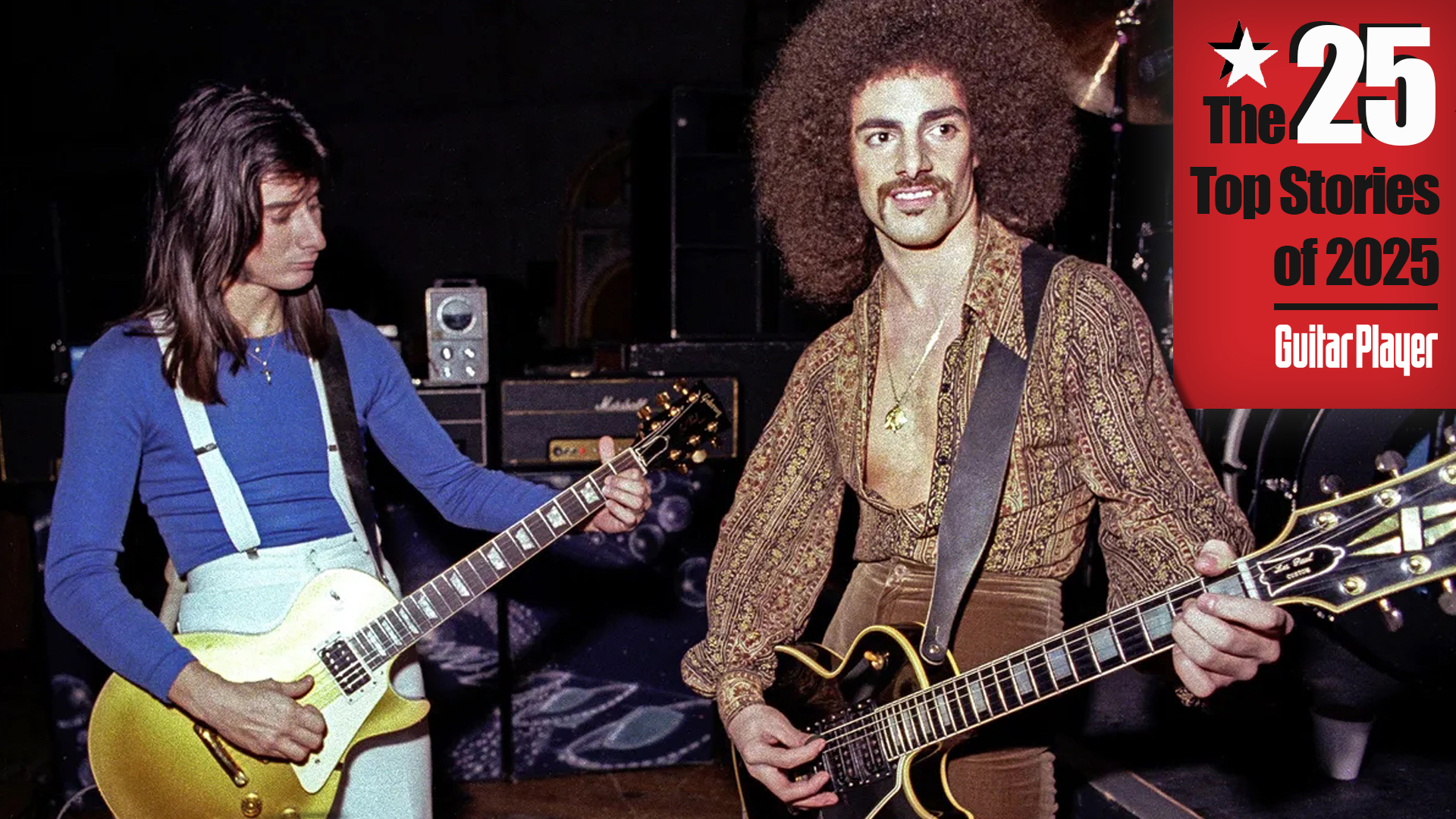"I don't give a f*** if you boo, as long as you boo in key, you mothers..." Watch rare footage of the Jimi Hendrix's dramatic final performance at the Open Air Love & Peace Festival in Germany in 1970
Less than two weeks before his death, Jimi Hendrix took to the stage for his final — and somewhat chaotic — scheduled performance with the Experience, featuring Billy Cox and Mitch Mitchell
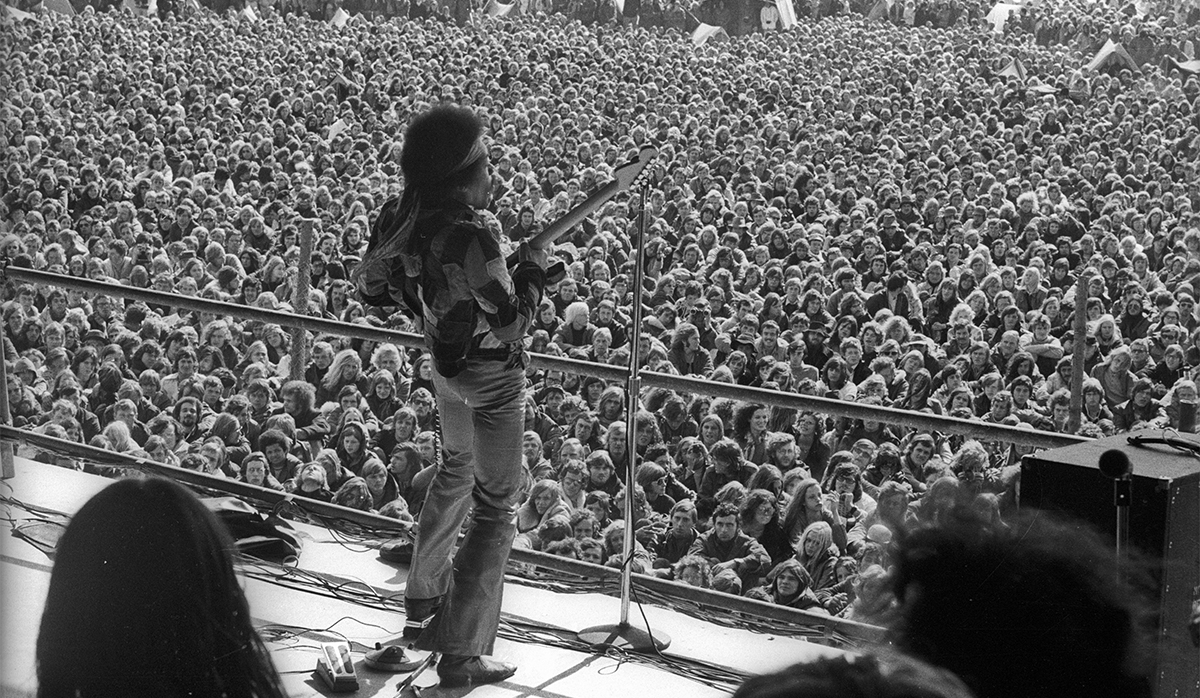
If you asked those fortunate enough to see Jimi Hendrix perform live at one of his 350 or so shows during his short career to describe the experience, words like "amazing," "electrifying," "otherworldly," "loud" and "unpredictable" would likely rank high among their descriptive choices. However, for his final scheduled performance — at a festival marred by technical issues, rain delays, traffic chaos, a lack of facilities and eventual cancellations — the unpredictable element was whether the guitar icon would show up at all.
The event in question was the Open Air Love & Peace Festival, held over the weekend of September 4 through 6, 1970, on the German island of Fehmarn, which Hendrix was set to headline on Saturday night.
This appearance would mark the final scheduled performance from Hendrix and the last incarnation of the Experience. The show saw the return of original drummer Mitch Mitchell and featured Hendrix’s army pal, and Band of Gypsy’s bassist, Billy Cox. The Fehmarn gig was the final stop of the band's 1970 Cry of Love Tour.
Other scheduled acts on the festival bill included Sly & the Family Stone, Canned Heat, the Faces, Ginger Baker's Air Force, Cactus, and the Rory Gallagher–fronted Taste. However, the latter two acts would eventually pull out due to the same issues that would impact Hendrix's set, but more on that in a bit.
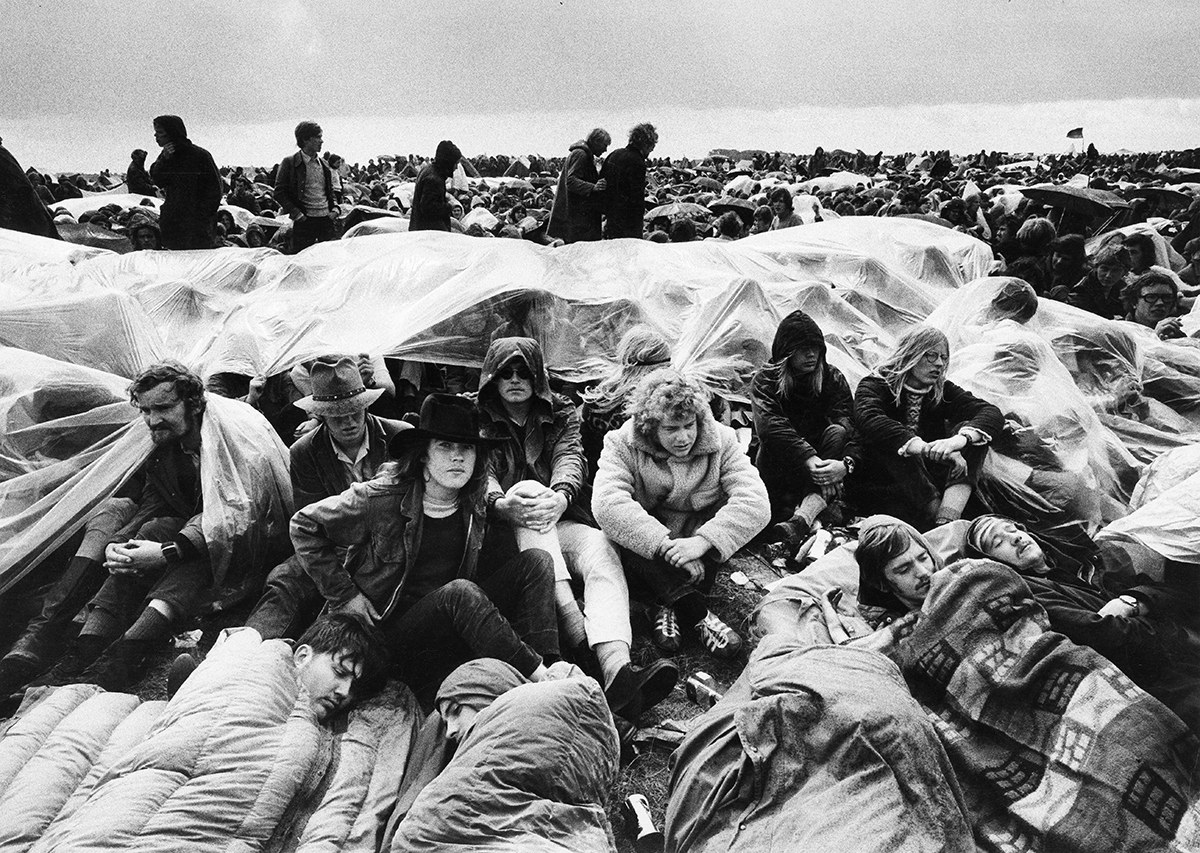
The three German organizers were inspired by the success of the Isle of Wight Festival. Its 1970 edition, held from August 26 to 31, held roughly one week earlier, boasted six to seven hundred thousand attendees and at one point held a Guinness World Record for festival attendance. Hoping to piggyback on the festival’s popularity and book some of its acts, the Fehmarn organizers thought they might create a European version of Woodstock. However, things didn't quite go to plan.
Unfortunately, ticket sales were far below expectations. Some reports suggest that as few as 10,000 tickets were shifted. In the end perhaps 60,000 made actually attended the event, an unexpected crush that made for uncomfortable conditions throughout the event and blocked traffic to and from the concert, including transportation for the bands.
Hendrix was paid 70,000 Deutsche Marks — around $160,000 in today's money — along with his travel costs in advance for the appearance. The festival's success heavily relied on him as the Saturday headliner. The organizers hoped to capitalize on the popularity of the Woodstock festival film, which had hit European theaters earlier that summer and featured Hendrix’s performance of “The Star-Spangled Banner.” As a result, the guitarist’s face appeared alone on many of the event's promotional posters.
All the latest guitar news, interviews, lessons, reviews, deals and more, direct to your inbox!
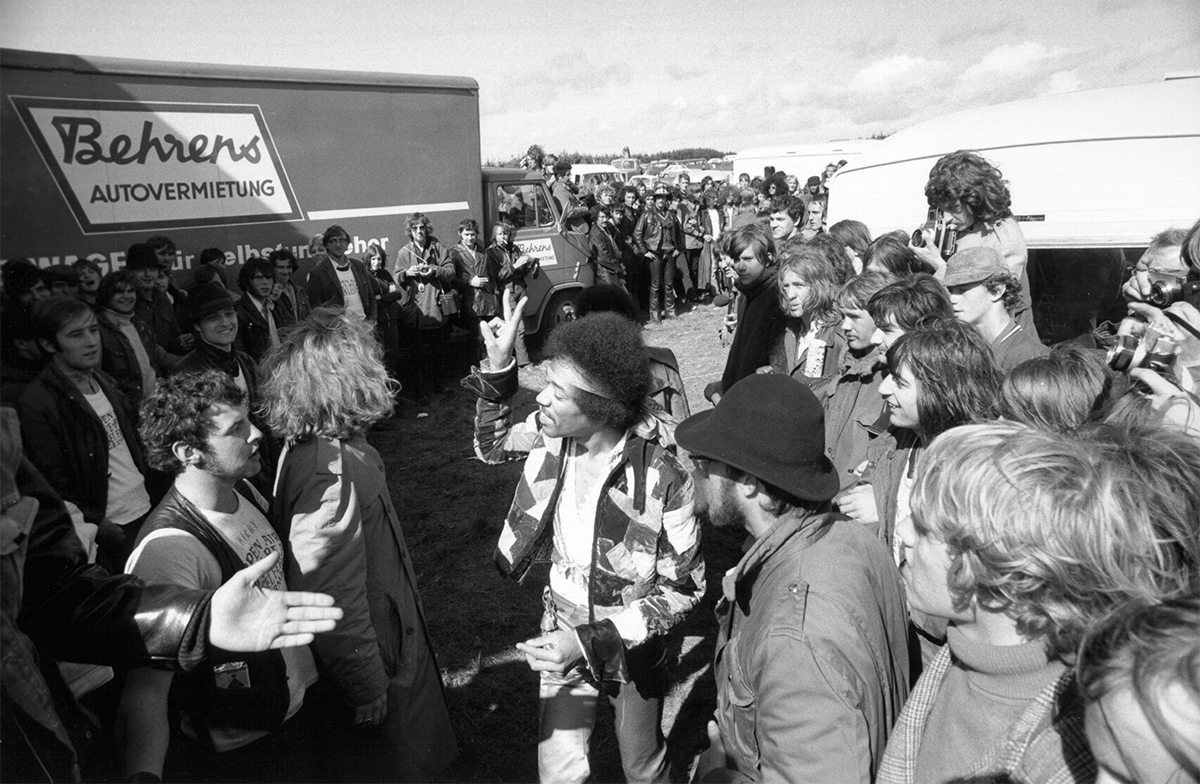
Unfortunately, the event was plagued with power issues from the start, as well as foul weather. Severe winds and storms battered the stage throughout Saturday's sets, and it was deemed unsafe for anyone to set foot on it — let alone plug anything in — until the weather cleared. Hendrix, who was scheduled to take the stage at 8 p.m. on Saturday evening, eventually began his set at noon the following day — with several thousand fans holding their place in the rain for the 16 hours in between.
No video of the set in its entirety appears to exist. However, portions of the band's performance, blending professionally shot footage with Super 8mm fan recordings, have made their way into bonus features of some official Hendrix releases over the years, with many still popping up online occasionally.
In one recently resurfaced clip, a crowdgoer captured the moment Hendrix finally took to the stage. The short clip begins with Hendrix — armed with the famed 1968 white "Woodstock" Stratocaster — being welcomed by a cacophony of boos and jeers.
Responding to the crowd, he says, "I don't give a fuck if you boo, as long as you boo in key, you mothers," before shedding some light on his tardiness. "We couldn't come on last night — it was just unbearable," Hendrix explained, referencing the torrid conditions he and the band endured upon finally arriving at the site.
Once Hendrix played the first few notes of the show opener, Howlin' Wolf's "Killing Floor," all appeared to be forgiven, and it was business as usual, with the Experience tearing through a stacked setlist that included classics from across his discography, such as "Spanish Castle Magic," "Hey Joe," "All Along the Watchtower," "Red House," and "Purple Haze," before closing with "Voodoo Child (Slight Return)."
The set also featured some new tracks that would eventually be released posthumously, such as "Freedom" and "Ezy Ryder."
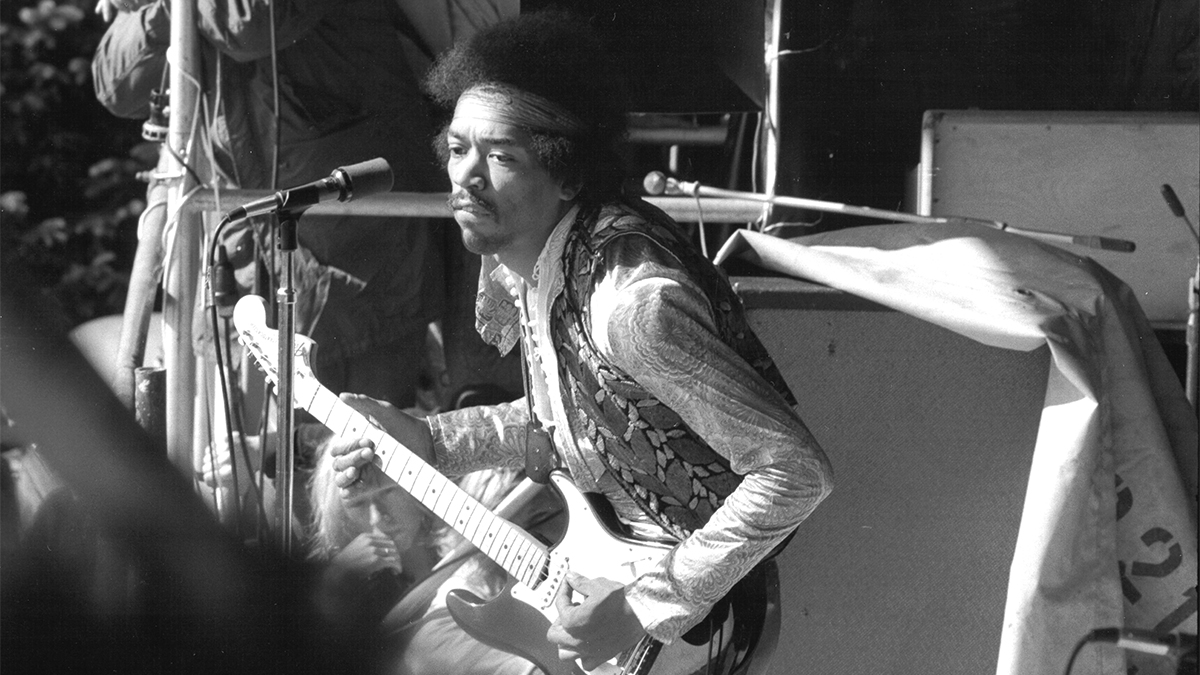
This wasn't Hendrix's first rodeo when it came to unforeseen circumstances halting one of his performances, of course. Famously, at Woodstock the year before, he was scheduled to close the festival on Sunday night. However, significant delays pushed his set to 9 a.m. on Monday morning. In that instance, though, the audience's reaction was far more forgiving — perhaps a reflection of the '69 "flower power" and "Summer of Love" energy of the time. In contrast, the boos and jeers at this 1970 festival may have spoken to a harder-edged crowd reflecting the changing times — or maybe they were just fed up being stuck out in the rain.
In hindsight, we know the Open Air Love & Peace Festival show was the beginning of the end for Hendrix. However, with rumors of upcoming collaborations with Miles Davis and Jimi's need to constantly evolve as a player, you can't help but wonder where he might have gone next musically.
Just a week before the Fehmarn show, he told Melody Maker, "I'm back right now to where I started. I've given this era of music everything." Suggesting that he had grown "exhausted" and jaded with his current presentation, Hendrix added, "I can't think of anything new to add to it in its present state."
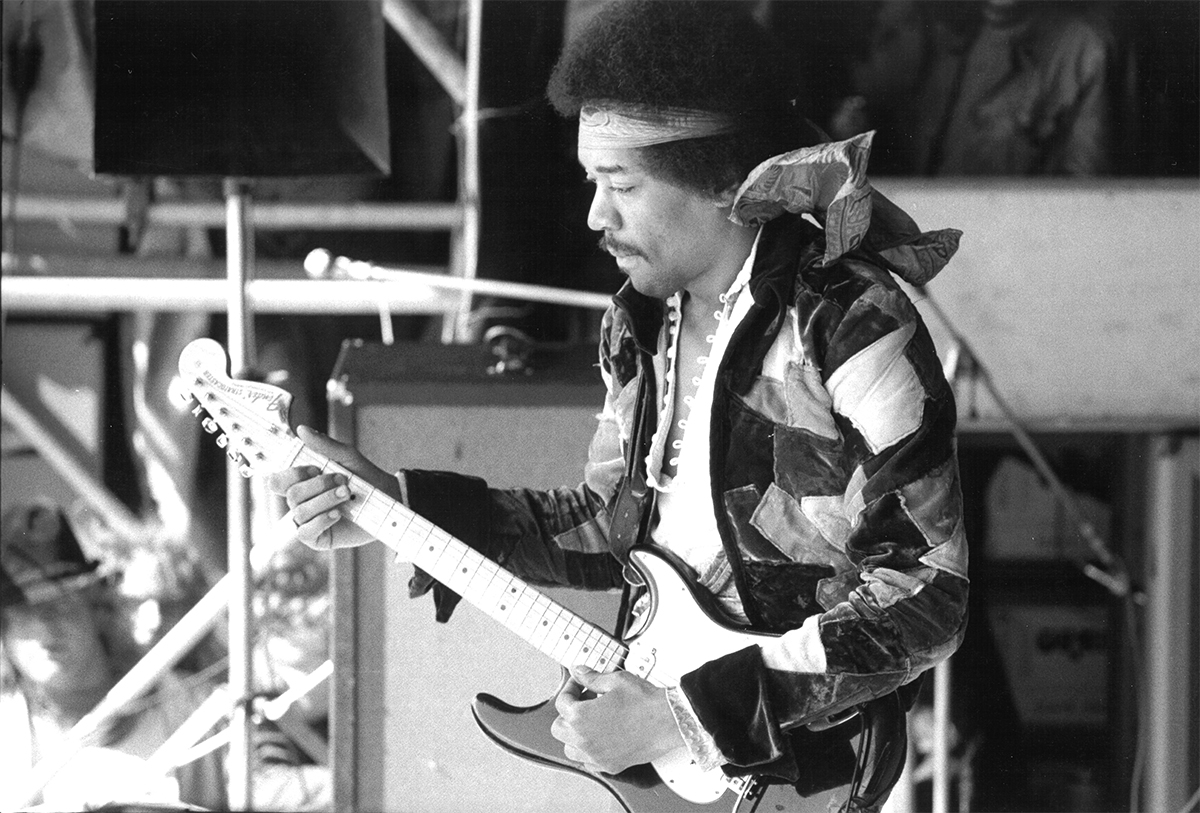
Hendrix's final time onstage would come two nights before he died, when he sat in for a couple of the closing numbers with the Animals frontman Eric Burdon and his new band War at Ronnie Scott's Jazz Club in London on September 16, 1970 — a little shy of four years to the day when the then-unknown Hendrix played his first show just half a mile away at the Scotch of St. James.
The complete audio recording of the Jimi Hendrix Experience performing at the Open Air Love & Peace Festival — sneakily captured by the organizers using overhead mics onto a reel-to-reel at the side of the stage — was eventually released in 2005 as Live at the Isle of Fehmarn and lives on as an essential document of the guitar god's final official live performance. Whether CD sales have helped recoup any of the troubled event's financial losses, however, remains unknown.

The Editor in chief of Guitar Interactive since 2017, Jonathan has written online articles for Guitar World, Guitar Player and Guitar Aficionado over the last decade. He has interviewed hundreds of music's finest, including Slash, Joe Satriani, Kirk Hammett and Steve Vai, to name a few. Jonathan's not a bad player either, occasionally doing gear reviews, session work and online lessons for Lick Library.

